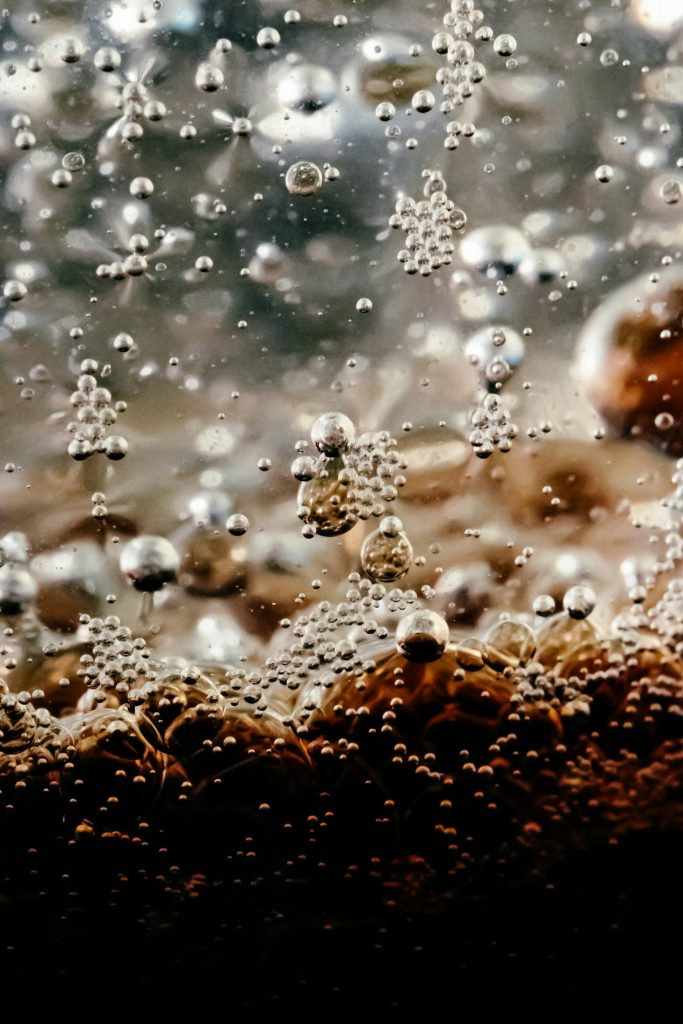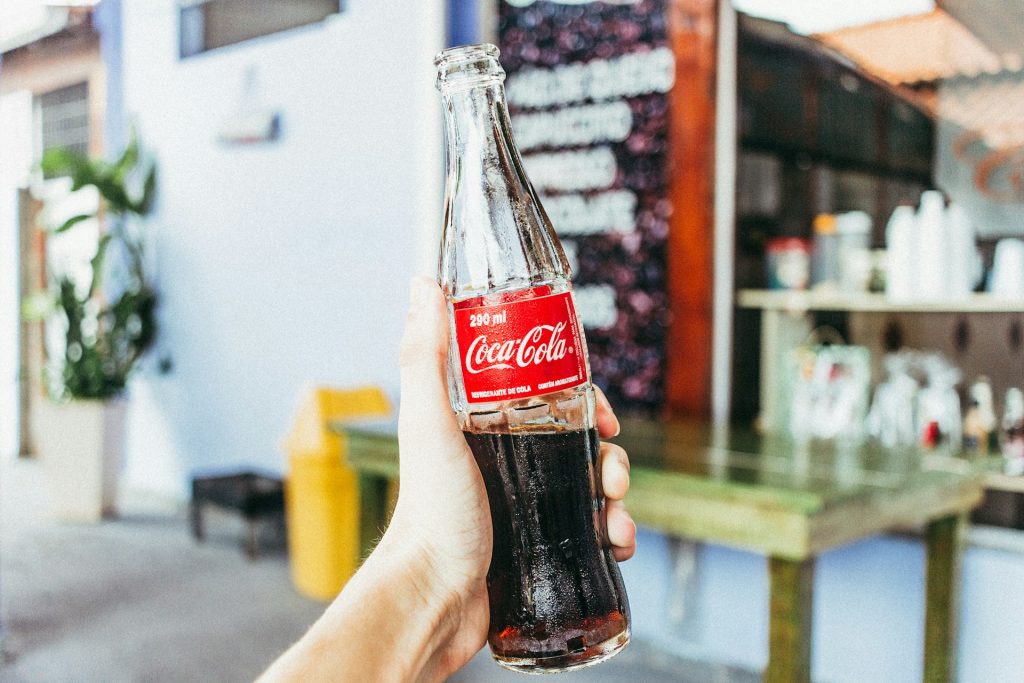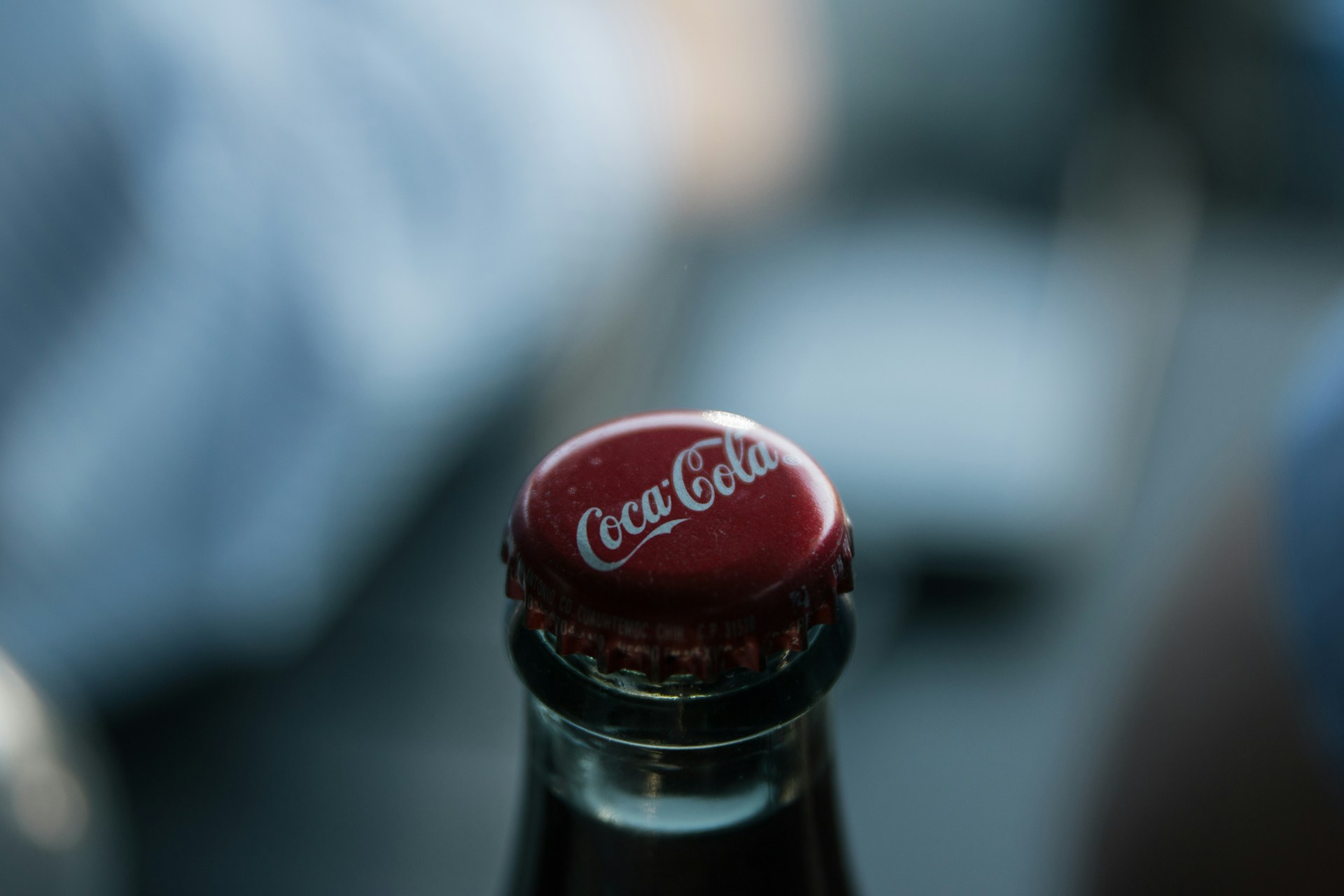The Coke and Mentos reaction has long been a source of fascination and fun for science enthusiasts and curious minds alike. While it may seem like a chemical reaction at first glance, the truth behind this explosive display lies in the realm of physics. Let’s look into the science behind this iconic experiment to uncover why it’s not just chemistry at play.

The Physics of Fizz
Carbonated drinks like Coke derive their fizziness from dissolved carbon dioxide gas under high pressure. A 2-liter bottle of Diet Coke, for instance, contains around 12-15 grams of dissolved carbon dioxide. When the cap is removed, the pressure is released, and the gas seeks to escape. This process is facilitated by nucleation sites—irregular surfaces where bubbles can form. Mentos candies, with their rough surface, provide ample nucleation sites for the carbon dioxide to escape rapidly.
The Perfect Recipe
Creating a Coke and Mentos geyser requires just two ingredients: a bottle of fizzy drink and Mentos candies. The recommended ratio is about five Mentos per 2-liter bottle of Coke, ensuring a spectacular reaction. Dropping all the Mentos into the bottle simultaneously allows each candy an equal opportunity to catalyze the release of carbon dioxide, resulting in a dramatic fountain.

Dispelling Myths
Contrary to the childhood warning of soda and Mentos causing stomach explosions, the reality is less perilous. While the combination does create pressure and bubbles, most of the carbonation is released when the drink is consumed, minimizing the risk. Nonetheless, it’s not advisable, especially for children, to experiment with this reaction due to potential health hazards.
The Science Simplified
As Mentos candies enter the Coke bottle, carbon dioxide molecules rapidly attach to their surface. The tiny pores on the candy’s surface provide additional nucleation sites, accelerating the release of gas. This process generates bubbles that rise to the surface, pushing the liquid upwards in a spectacular display of fizz.
Maximizing the Blast
While it’s tempting to believe that adding more Mentos will result in a bigger explosion, there’s a limit to the effect. Through experimentation, it’s been found that around seven Mentos is the maximum number that significantly impacts the eruption. Beyond that, the increase in height and intensity of the geyser becomes negligible.

The Coke and Mentos experiment is a fascinating fusion of physics and chemistry, showcasing the principles of nucleation and gas release in carbonated beverages. While the reaction may appear explosive, its underlying mechanism is rooted in simple physics rather than complex chemical reactions. By understanding the science behind this iconic demonstration, we gain a deeper appreciation for the wonders of the natural world.





